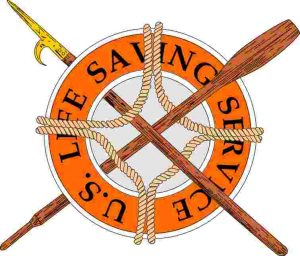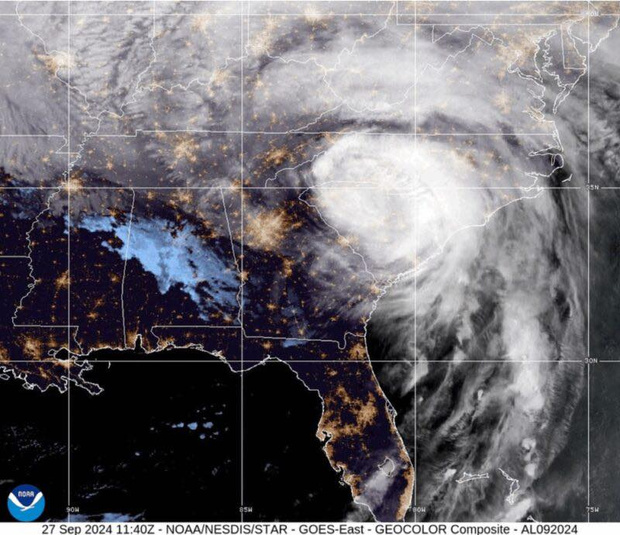Island History: Honoring the Birthdate of Superintendent Sumner Increase Kimball

Today’s United States Coast Guard is revered for its consistency, uniformity, and teamwork, but perhaps most of all, for its excellence and rapidity of response. The origin of all that goes back to one man and one time. The man was Sumner Kimball; the time was 1878. Yet, one could even argue that the time was September 2, 1834, the day he was born.

Dr. Dennis Noble, a historian of the U.S. Life-Saving Service, wrote of Kimball: “Kimball was unquestionably the driving force behind the United States’ possessing a first-class lifesaving organization. Much of the present-day Coast Guard’s highly regarded reputation as a humanitarian organization is the result of his organizational skills and management abilities. May of the routines that he established, such as constant drills with rescue equipment, are just as important today as they were more than a century ago.”
The birth of Sumner Kimball ushered into the world one of America’s greatest, prolific, and accomplished federal government administrators. From the official Coast Guard website, Office of the Historian: “A young lawyer from Maine, Sumner I. Kimball was appointed as the chief of the Treasury Department’s Revenue Marine Division in 1871. He had joined the Treasury Department as a clerk 10 years earlier and had proven his abilities as a manager. Using his hard-earned political know-how, and a good dose of Yankee common sense, Kimball proceeded to completely overhaul the Revenue Marine and the hodge-podge system of lifesaving stations along the nation’s coast that were also under the control of the Revenue Marine Division. His impact on both organizations would prove to be immeasurable.”
The Single Most Important Shipwreck in American History – Cue Sumner Kimball
That headline might seem audacious, but it becomes clear when compared to the 1951 magazine article headline: “THE CATASTROPHE THAT SHOOK AMERICA AND LED TO ESTABLISHMENT OF ALL-YEAR BEACH CONTROL BY OUR COAST GUARD.” That article was written by Bill Sharpe, the Editor of The State magazine. Sharpe’s article appeared in the November 3, 1951 issue. This magazine would later become the extraordinary Our State: Celebrating North Carolina magazine on newsstands today.
Since colonial times, America’s coasts were plagued by dreadful shipwrecks. They were frightfully common and extracted enormous amounts of damage and loss of life. Shipwrecks, deaths, and destruction continued unabated. The tragic situation came to a head on the North Carolina coast in late 1877 and early 1878.
On November 24, 1877, the U.S. Army steamer Huron wrecked off Nags Head in a violent storm. While only yards from the beach, 103 lives were still lost to drowning. The Nags Head Life-Saving Station two miles away was closed for the season. Then, only 20 miles farther north and only two months later, the steamer Metropolis wrecked off the Currituck Beach in another tempest. The rescue was bungled by the crew from Currituck Beach Station Number Four, due to inexperience and lack of preparation. Another 85 lives were lost as crowds on the beach watched the shipwreck victims drown.
The Final Straw

Headlines of the Metropolis disaster exploded in newspapers all over America. The articles were filled with anger. The news outraged our entire nation. Demands for immediate improvements had the politicians retreating. Thomas Nast’s political cartoon certainly captured the critical essence of the situation.
The Phoenix Arises
It was time for a new and improved United States Life-Saving Service. Ironically, it would become the most heroic organization in American history. Much of that was due to one man.
Until the Civil War, the United States had only one national maritime organization: The Revenue Marine. It had been fathered by Alexander Hamilton and became official in 1790. In 1863 the name was changed to the United States Revenue Cutter Service (USRCS). Its singular mission was ocean-based law enforcement. It was neither charged with nor equipped or trained for life saving rescues, although they certainly did what they could when encountering them. That long void remained. Finally recognized in 1871, a U.S. Life-Saving Service (USLSS) was established only as a branch of the USRCS. It was headed by Sumner Kimball from 1871 until 1878. However, it was subject to the political favoritism rampant throughout the government at that time.
As a result of the Huron-Metropolis uproar, in 1878 the U.S. Life-Saving Service was made a separate and equal organization to the U.S. Revenue Cutter Service, and both remained under the Treasury Department. The new Service with a new mission needed a dynamic, powerful, and competent “strait-laced” administrator. Kimball was asked to be that Superintendent.
Well aware of the Service’s poor reputation, Kimball was extremely guarded in his response. In essence, he said he would take over IF and only if he could do it his way, have no interference, and have official backing. Having considered the secretary’s proposal carefully for a week, Kimball accepted the promotion on the following terms. “Mr. Secretary,” his own words firmly stated, “I shall accept your offer upon one condition. If you will stand by me, after I have convinced you that I am right, I shall attempt to bring about the reforms you desire. But I want to warn you that the pressure will be tremendous. Congressmen will come to you in long processions and will attempt to convince you that I am wrong and that the service is being ruined. It will require an uncommon display of backbone on your part, but if you will stand firm and refer all complaints to me, I promise you that I shall put the service where you want it and where it ought to be.” So it would be.
Sumner I. Kimball personally remained out of the spotlight and simply focused on organization efficiency. He remained as the U.S. Life-Saving Service Superintendent until 1915 when it became the United States Coast Guard. For 37 years, he was the sole USLSS Superintendent. Sumner Increase Kimball died in the city he had worked in most of his life, Washington, DC, on June 20, 1923 at age 88, having done one of the most important things ever for the United States. He made America vastly safer for maritime travel and, as a bonus, now more secure.
~ Thank you, Superintendent Kimball, Sir. Happy Birthday. ~
















